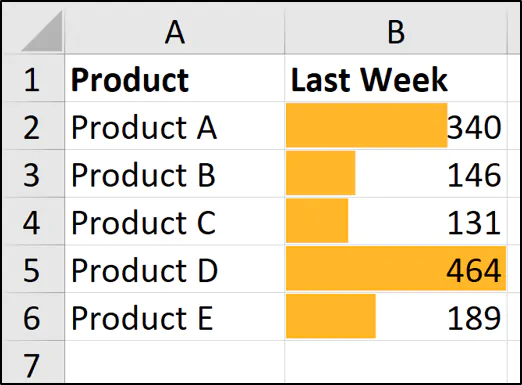Master Excel Sheets with These Essential Tips

Excel spreadsheets are not just tables full of numbers; they are dynamic tools that help you streamline data management, perform complex calculations, and organize your projects with ease. Whether you're a student, an office worker, or running your own business, mastering Excel can significantly boost your productivity. Let's dive into some essential tips that can help you become an Excel pro.
Understanding the Excel Interface

Before we get into the nitty-gritty of Excel functions, let’s start with the basics. Excel’s user interface might seem overwhelming at first glance:
- Ribbon: Contains tabs with various tools for data manipulation.
- Name Box: Shows the current cell reference or allows you to navigate to a specific cell.
- Formula Bar: Displays and edits the content of the selected cell.
- Worksheet Tabs: Allows you to switch between different sheets within your workbook.
Keyboard Shortcuts

Becoming proficient in Excel involves learning to use keyboard shortcuts which can make you work faster:
- Ctrl + C: Copy
- Ctrl + V: Paste
- Ctrl + Z: Undo
- Ctrl + S: Save
- F2: Edit the active cell
- Ctrl + Home: Move to the beginning of the worksheet
💡 Note: Regular practice of these shortcuts will significantly speed up your work in Excel.
Mastering Formulas and Functions

Here are some critical Excel functions every user should know:
- SUM: =SUM(A1:A10) for adding a range of numbers.
- AVERAGE: =AVERAGE(B1:B10) for calculating the mean.
- IF: =IF(A1>10, “High”, “Low”) for logical tests.
- VLOOKUP: Searches for a value in the first column of a table and returns a value from the same row in another column. =VLOOKUP(lookup_value, table_array, col_index_num, [range_lookup])
- INDEX and MATCH: More versatile than VLOOKUP for dynamic lookups. Example: =INDEX(C2:C10, MATCH(B12, A2:A10, 0))
| Function | Description | Example |
|---|---|---|
| COUNTIF | Counts cells based on a criterion | =COUNTIF(A1:A10, “>50”) |
| CONCATENATE | Combines text from different cells | =CONCATENATE(A1, “ “, B1) |
| DATEDIF | Calculates the difference between two dates | =DATEDIF(A1, B1, “d”) |

📌 Note: Using these functions effectively can save you hours of manual work.
Formatting Tips

Proper formatting makes your data not only visually appealing but also more readable:
- Conditional Formatting: Use this to highlight important data points, like all sales over $1000.
- Freeze Panes: To keep headers visible while scrolling through large datasets.
- Format as Table: Enhance the structure of your data, improve readability, and facilitate data analysis.
- Data Validation: Limit the type of data or the values that users can enter into a cell.
Data Analysis Techniques

Excel offers powerful tools for data analysis:
- Pivot Tables: Summarize, analyze, explore, and present your data. Drag and drop fields to get insights quickly.
- Charting: Select your data range and go to the ‘Insert’ tab to visualize trends, comparisons, and more.
- What-If Analysis: Use tools like Goal Seek, Scenario Manager, and Data Tables for forecasting and planning.
Advanced Features

Here are some advanced features that can truly unlock Excel’s potential:
- Power Query: Transform, merge, and clean data from various sources.
- Power Pivot: Allows for data modeling beyond traditional pivot tables.
- VBA and Macros: Automate repetitive tasks with VBA programming.
To wrap things up, mastering Excel involves understanding the interface, using shortcuts, familiarizing yourself with key functions, formatting your data, analyzing it effectively, and leveraging advanced tools. The tips provided here are just the beginning. Excel has layers of depth, so keep exploring and learning with each project you tackle. Excel is not just about managing data but empowering you with data to make informed decisions, streamline your work, and potentially transform your career.
What are the benefits of using keyboard shortcuts in Excel?

+
Keyboard shortcuts significantly speed up your workflow, reduce reliance on the mouse, and can help prevent repetitive strain injuries by minimizing mouse movement.
How can I learn Excel formulas effectively?

+
Practice regularly, start with common functions, use Excel’s built-in help and online resources, and work on real data sets to apply what you’ve learned.
What is the difference between INDEX and MATCH vs. VLOOKUP?

+
INDEX and MATCH offer more flexibility, as they don’t require the lookup value to be in the first column and can return values from any column to the left or right. VLOOKUP can only look to the right of the lookup column.